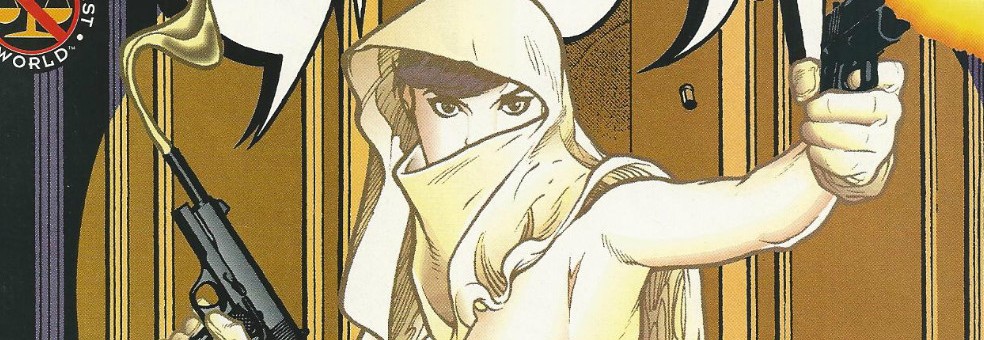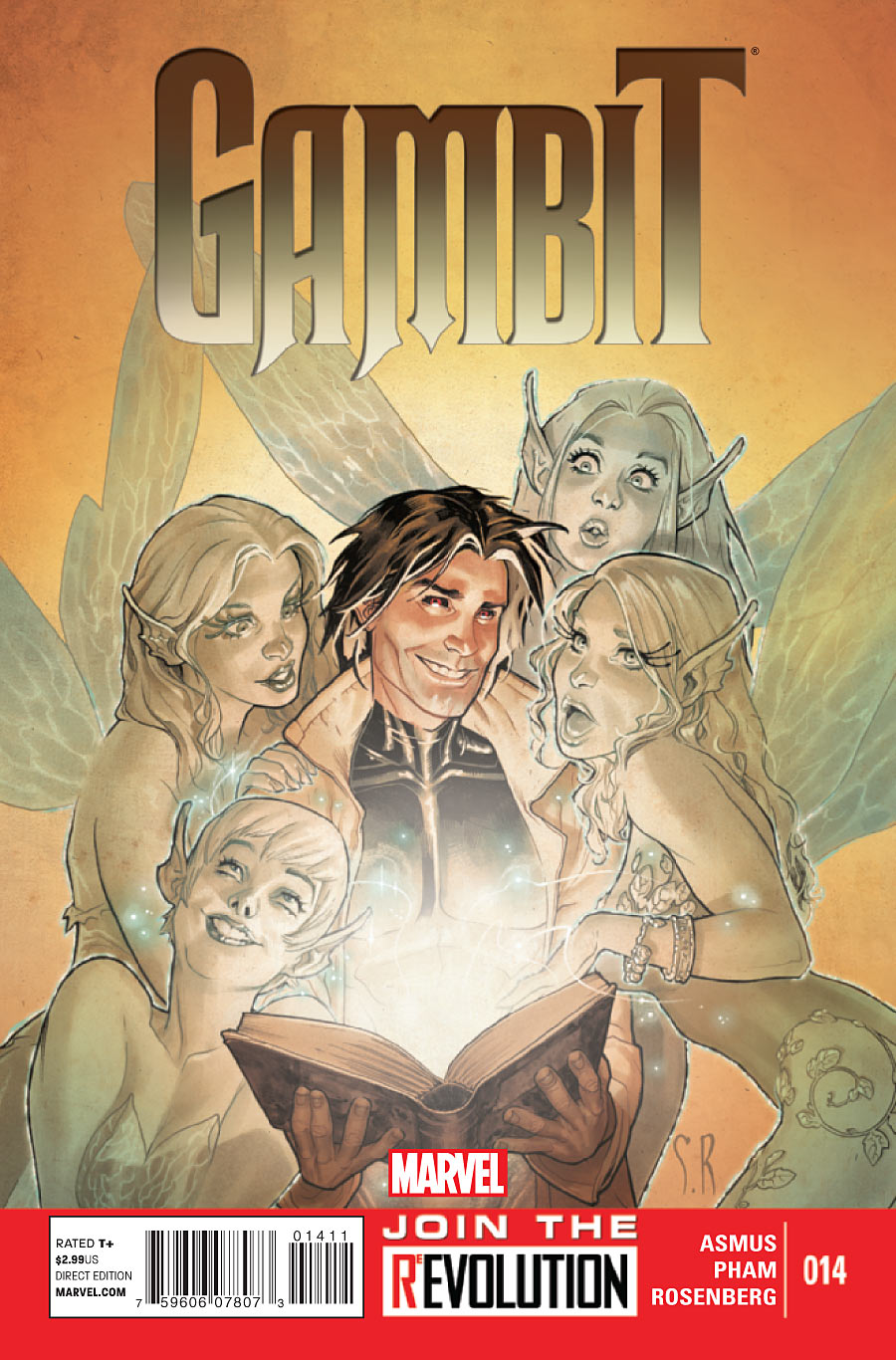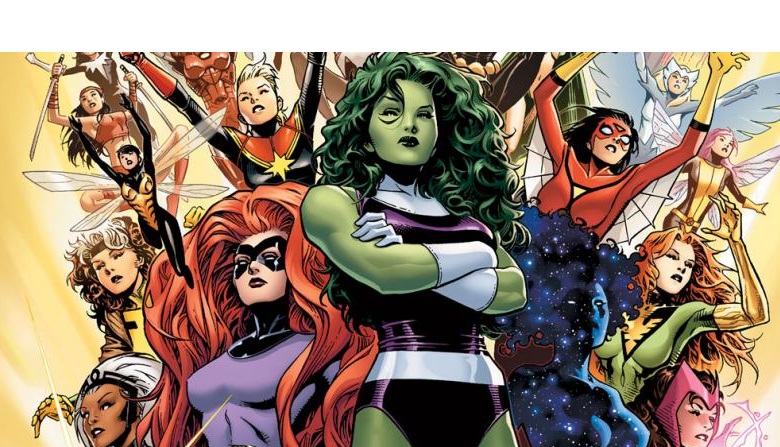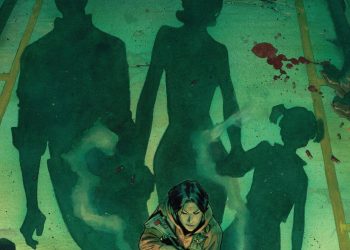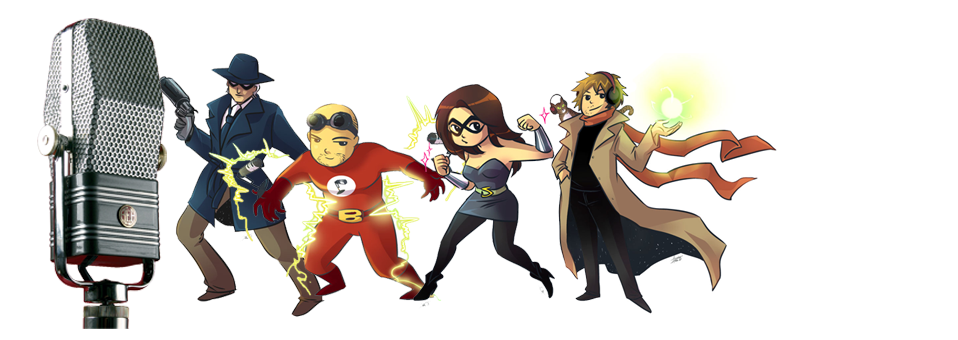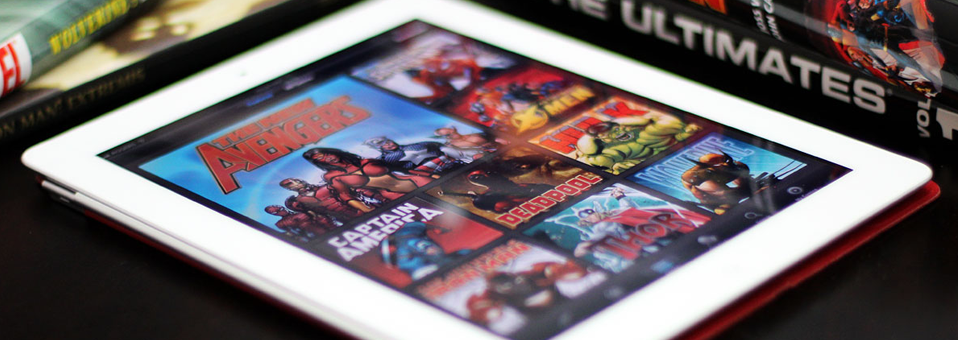Captain Victory and the Galactic Rangers #1 and #2 DISCUSSION
Writer: Joe Casey
Artists: Nathan Fox (#1 and 2), Jim Rugg (#1), Ulises Farinas (#1), Michele Fiffe (#2)
Colorist: Brad Simpson
Lettering: Simon Bowland
Covers: Nathan Fox
Based on characters and concepts created by Jack Kirby
by Gary Chapin
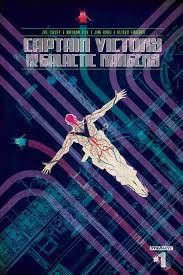
This has been quite the month for those of us who follow Jack Kirby doings. Shortly after the 97th birthday celebrations, news came out that Marvel and Kirby family had come to a settlement in their years long lawsuit. Hurrah! Meanwhile, with somewhat less news coverage, Dynamite Comics is carrying Kirby’s late work and creative process into the future.
Captain Victory and the Galactic Rangers is a Kirby creation from the early eighties. Victory was created for Pacific Comics, one of the first independent comic companies putting out creator owned books. I did NOT read Captain Victory and the Galactic Rangers back then because I was a callow youth, useless and feckless. I completely lacked feck. I thought it looked “old fashioned” and “blocky” and “unrealistic.” Phhttt!!! As if John Byrne (my favorite artist at the time and gosh I still love his stuff) was realistic. Anyway, as I have written in other pieces about Kirby’s Fourth World (here and here), Kirby’s brilliance was a late find for me. But find it I did.
Kirby was a creator at heart. His dream of dreams was to create characters and concepts, establish them, and then let other artists and writers fly with them. There was a specific story he wanted to tell, and he kept trying to tell it over and over. He tried it with the Asgardians at Marvel (but they wouldn’t let him). He tried to do it with the New Gods at DC (but they wouldn’t let him). He tried it again at Marvel (but they wouldn’t let him). He liked the cosmic stories. He didn’t create lines of heroes, or groups. He created PANTHEONS.
He wanted to tell their story from the beginning of time to the end. But the end never stuck. Marvel has told any number of Ragnarok stories, but something always happens, everyone comes back, the cosmos is circular … whatever. The end is not the end. Kirby’s plan with the New Gods was to tell the story of New Genesis and Apocalypse and have it come to an end. Despite the fact that there have been at least two “Death of the New Gods” books — Kirby’s own graphic novel, and Jim Starlin’s miniseries travesty — all of the New Gods are still around and becoming more and more central to the DC Universe.
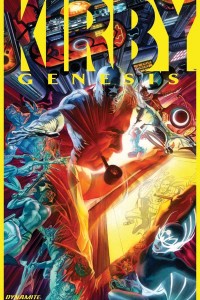
(Could it be that the difference between Marvel and DC, all along, has been that Marvel benefitted from the mythological gravitas of Kirby’s creations right from the beginning, while DC had to wait until the ’70s — and then took years before realizing what they had?)
Kirby loved to create pantheons. Dynamite Comics — especially Alex Ross — loves to reimagine pantheons, telling unifying stories and finding their core. They’ve done it for pulp heroes like the Shadow, Doc Savage, and the Spider. They’ve done it for the “public domain characters” in Project Superpowers. The first crack they took at Captain Victory was as part of their Kirby Genesis project from 2012. For that project, Alex Ross and Keith Busiek took the good Captain and other Pacific Comics alumni, and then used unpublished sketches and concepts from Kirby’s own archive to establish a multi-dimensional pantheon of their own. It was an amazing bit of work that ran over four separate mini-series. They even introduced a character, a college student named Kirby, who serves the everyman role here, much as photographer Phil Sheldon did in Ross and Busiek’s Marvels.
The latest version of Captain Victory and the Galactic Rangers is written by Joe Casey and drawn by a number of artists — the pages assigned to reflect the needs of the story, i.e., flashbacks drawn by a certain artist, etc. Casey’s take on the character hits that sweet spot between deference to the past and taking the ideas forward — it’s as if he is genuinely collaborating with Kirby’s ideas, which is exactly what Kirby would have wanted.
The story is based on a central concept to Kirby’s original. Because the commander of the ship — in this case the Dreadnaught Tiger — is seen as the most valuable strategic asset on the ship, a system has been devised whereby a number of clones are kept aboard so that Victory’s consciousness can pass to the clone should his current body come to an untimely end. The Dreadnaught Tiger finds itself in A Tight Spot early in the first issue and this very thing happens! The trouble is the spot is so tight that the ship gets completely hammered, killing all but two of the clones, and those two are in states of incompletion. One is a teenager, the other a hulkish behemoth. They are ejected from the Dreadnaught and find themselves on distant planets, one quite alien, the other quite familiar (to you and me, not to the teenage Vic).
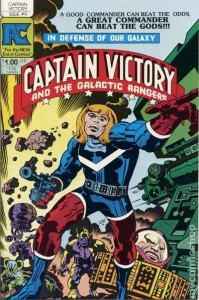
The two Victories will have to make their way in their respective environments. The Dreadnaught Tiger (with our heroes Major Klavus, Tarin, Orca, and Mister Mind on board) will have to search out most-valuable-asset Victory. All while Big Bad Mekkanos continues to pursue galactic domination and Bigger Bad Blackmass (who is Captain Victory’s grandfather!!! I know!!) works his machinations in the background.
The execution of the first two issues is great. All characters are interesting. All mysteries intriguing. As with any Kirby creation there is an almost vulgar abundance of creative details. Any one of the artists could have done the issue justice, but the idea to switch artists indicating time shifts was inspired. The lettering, by Simon Bowland, deserves a special shout out. One device of the story is the broadcasting of demoralizing, trash talking messages from Blackmass. Bowland works these into the art perfectly, but also executes things like sound effects with a playfulness that is second only to Walt Simonson.
These are the first two issues of a six issue mini-series and they have entered my must buy list, which, if you remember, is an awfully hard thing for a book to do. But I’m not feeling obligated to by this book. I’m feeling overjoyed to have the opportunity to buy this book.



